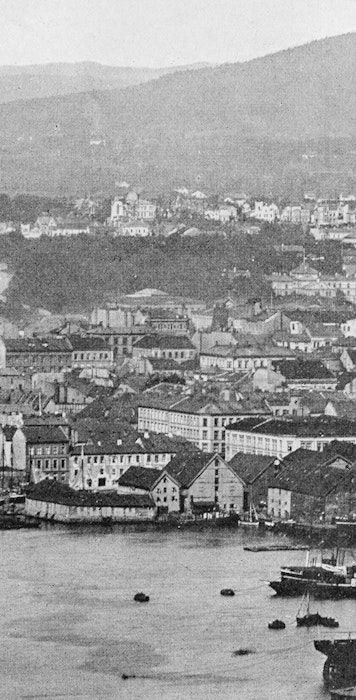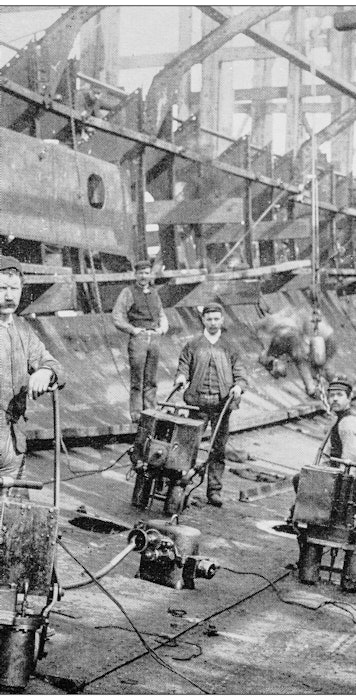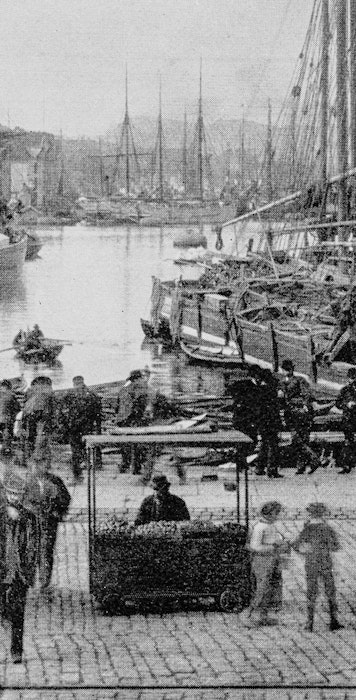Our history

In 1856, Hans Christian Harboe Grønn set up a private law practice in Oslo. He was committed to making the legal profession independent of the civil service, as well as to making commercial law more international. A business boom made his law practice flourish, and Mr Grønn retired early to dedicate himself to sailing and designing racing boats. His name was omitted from that of the firm in 1890, but his commitment laid the foundations for a firm that would be closely involved in most of the defining developments in Norwegian business in the years to come.

Large-scale hydropower development over the period 1900-1920 paved the way for industrial breakthrough in Norway. In 1907, Attorney Per Rygh was appointed to manage two companies he had helped setting up; Norsk Kraftaksjeselskap and A/S De Norske Salpeterverker. He worked closely with entrepreneur Sam Eyde on what would a few years down the line become leading Norwegian companies Norsk Hydro and Elkem. These industrial giants were an integral part of Norwegian hydropower development and Per Rygh was, together with Carl Lundh, Norway’s leading hydropower and manufacturing development lawyer.

In Bergen in 1928, Attorney Gunnar Greve set up what would over a few decades grow into Norway’s largest law firm outside Oslo – Greve, Greve, Greve & Lorentzen. Gunnar Greve senior earned a reputation as lead counsel to all of Western Norway, with strong commitment and many key roles in business and culture along the western coast. This was time-consuming, as noted by Mr Greve himself: "If you believe in the importance of rest and relaxation, this firm is probably not the place for you". In 1954, Herm Otto Krefting opened his law offices in Oslo, and subsequently brought in Håkon Løchen as a partner. This was a time of major tax reform, and the firm quickly took on a leading role in tax law. Mr Krefting was committed to modernising how law firms operated, and was actively involved in trade and industry.

In 1959, Norway obtained control of parts of the North Sea south of the 62nd parallel, and the first exploratory drilling for petroleum started in the mid-1960s. The exploration activity was dominated by international companies in the early phase, and these also developed the first oil and gas fields. In 1963, it was proclaimed that all resources beneath the sea on the Norwegian continental shelf belonged to the Norwegian state, with political responsibility being vested in the Government. This established the foundations for Norway’s astounding accumulation of national wealth. Over the following years, our lawyers assisted with the major structural changes and transactions on the Norwegian continental shelf.

The 1990s was the decade of expansion and large mergers in the Norwegian legal industry. Thommessen was at the forefront of these developments. Thommessen & Krefting was established in Oslo in 1990. The following year, the firm merged with the Greve firm in Bergen, to become Thommessen, Krefting & Greve. In 1993, the firm took on three of the partners from the shipping firm Lund & Co., and the firm’s name was changed to Thommessen Krefting Greve Lund.

This accumulation of names did not roll easy off the tongue, and in 2009 Thommessen Krefting Greve Lund was simplified to Thommessen. The explanation was simply that this was the easiest way to avoid discussion. There were still partners named Krefting, Greve and Lund, but the firm no long had anyone named Thommessen.

We still have Norway’s leading businesses as our clients and learn new lessons from them every single day. We share their involvement in the internationalisation of business, the developing framework for the technological revolution and the emergence of the green transition. In 2025, we have over 400 staff members, about 300 of whom are attorneys or associates, providing sophisticated legal services to private and public sector businesses in Norway and internationally. In August 2021, our Oslo office relocated to new and modern premises in Vika – VIA. We did the same in Stavanger in June 2024, relocating to the K8 building in the city center. In 2027, we will also move into new offices in Bergen. We continue our development of the law firm of the future in premises that are even better suited for facilitating information flows, interaction, knowledge transfer and innovation.